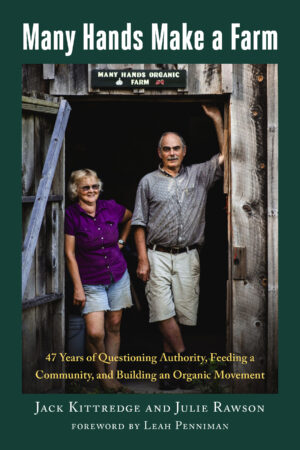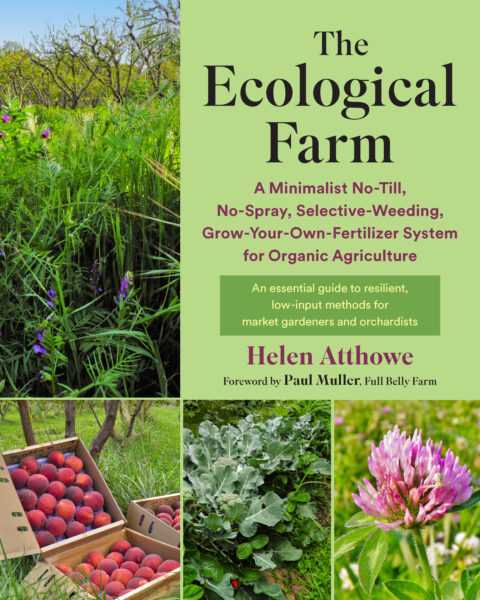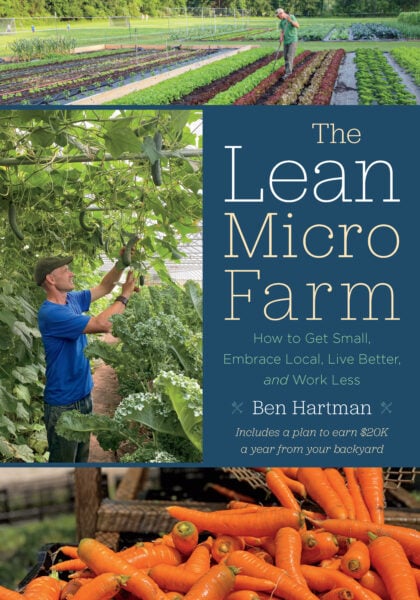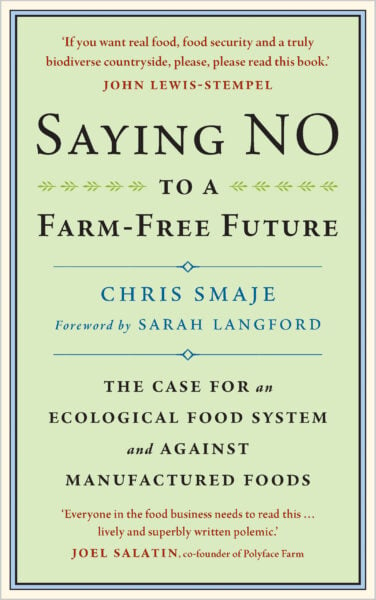Tips for Operating A Successful Farm
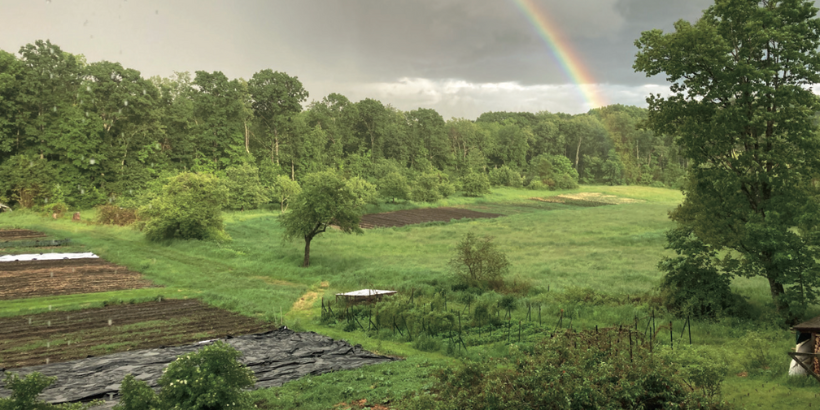
Want to run a successful farm, but don’t know where to begin? These tips from two organic farming pioneers will help you learn everything you need to get started.
The following is an excerpt from Many Hands Make a Farm by Jack Kittredge and Julie Rawson. It has been adapted for the web.
Lessons From Farming
Health benefits aside, here is the biggest lesson that one learns from farming: When we let go of the role of ruler of all we see, life becomes so much more enjoyable, not to mention effective.
The truth is that nature is in charge, despite how hard we try to harness and control and technically advance our way through our world. We are the junior partners, and we will only succeed in that humble role if we study, observe, and leave our egos behind.
Running A Successful Farm
 Learn to work with natural systems as they are meant to function, or suffer the consequences—if not in the very short term, then sooner than you might expect. Feedback is relatively immediate and is such an opportunity for us to learn!
Learn to work with natural systems as they are meant to function, or suffer the consequences—if not in the very short term, then sooner than you might expect. Feedback is relatively immediate and is such an opportunity for us to learn!
Cooperate With Nature
When we move from a place of extractive consciousness to one of cooperation with nature, we can work miracles. Let’s move from focusing on problems (such as insects, weeds, and disease) to a vision for good soil and plant and animal health. Nature is amazing in her profusion.
We just have to set the table, and as agricultural consultant and thought-leader John Kempf (CEO of Advancing Eco Agriculture, an educational and for-profit fertility company) says, “get out of the way.”
Our Top Goal: Healthy Soil Microbes
The microbes and earthworms and all the little arthropods that live in the soil are foundational for all life. I like to think about them as we would a foundation for a strong house.
Unless the footings are established properly and the foundation walls are sturdy, we can never be sure the house won’t fall down when the first monster storm strikes. A smart farmer will make the care and feeding of soil microbes their first priority. Everything flows from that.
Healthy Plants = Disease Resistance
I am aware that many folks don’t believe this statement is true, but I do. Over the past forty years on the farm, I have learned that when I provide plants with everything they need to thrive, they flourish, and all the challenging insect and disease infestations disappear.
When I get lazy or sloppy or try to exploit a crop, I get immediate feedback in the form of a diminution of quality. I also believe this principle applies to human health, and that lack of faith in the power of the immune system has caused untold thousands of humans to fear close contact with other humans in the recent past.
Exceptional Health, Exceptional Results
An exceptionally healthy plant will benefit from higher and higher levels of minerals, vitamins, and plant secondary metabolites and confer that health to the lucky beings who eat them. This is where the fun really begins.
We move from scarcity consciousness to a place of great abundance where large, healthy plants are not only resistant to attack, but they shade out competitors, taste better, live longer, and are a feast for the eyes, nose, and tongue. Fruiting crops produce in large quantities, and cut-and-come-again greens keep cranking all season long. Maximizing photosynthesis is the operative principle here.
Biodiversity is Key
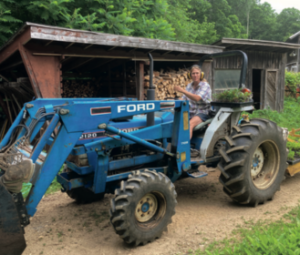 Nature loves biodiversity. Smart farmers do everything in their power to develop as many different enterprises as possible in their farm ecosystem. This includes annuals, perennials, animals, wild and forested areas, small fruits, tree fruits, mushrooms, bees, and herbs. Diversity above ground supports diversity below ground and vice versa.
Nature loves biodiversity. Smart farmers do everything in their power to develop as many different enterprises as possible in their farm ecosystem. This includes annuals, perennials, animals, wild and forested areas, small fruits, tree fruits, mushrooms, bees, and herbs. Diversity above ground supports diversity below ground and vice versa.
Attention to Fertility Pays Off
When it comes to fertility, I do not mess around. I am trying to raise the most nutritious food possible while improving the environment around me. John Kempf reminds us that we cannot aim for a merely sustainable agriculture.
For the past four hundred years, people of European ancestry have been degrading the land on the North American continent. We must rebuild the land—turn back the clock, as it were.
Mulch Matters
I learned how to mulch at my mother’s knee in Illinois. She didn’t start mulching her garden until her later years, after she got turned on to organic farming through Rodale publications. Ruth Stout, the author of The Ruth Stout No Work Garden Book, was also an important mentor for her.
I have not always been a good mulcher, for various reasons. We never had enough hay available from our farm, and it seemed too hard to collect the copious oak leaves that we have at our disposal. I had not yet worked out an arrangement with the town of Barre to get free wood chips. These days, however, mulch is a major part of our farm practice and fertility budget.
Include Animals
I love working with animals in our system, and I love to eat their meat, milk, and eggs. As we turn to nature for advice, we find that healthy landscapes have a diverse mix of animal and plant life. On the farm, we have been raising chickens, pigs, turkeys, and cows on pasture since the start.
According to standards for certified organic operations, animal manure cannot be placed on growing areas during the period 90 to 120 days prior to harvest depending on whether the edible parts of the plant touch the ground or not. So we work based on that stipulation. When we can get our rotations right while running the animals on vegetable ground or under trees, we see strong results.
Not only do grazing livestock improve the quality of pastures and hayfields, but they also consume a lot of insect pests in vegetable fields, and their manure adds nutrients that the soil microbes can process. Immediately after we move the chickens or pigs out of an area, we plant a cover crop, such as oats or rye.
Cover Crops
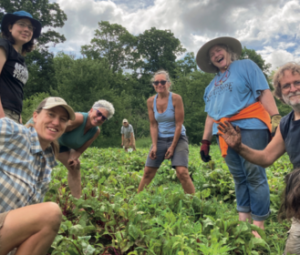 Kudos to the Natural Resources Conservation Service (NRCS) for its research on practices regarding cover crops. Seeds of grasses, legumes, and many kinds of broadleaf plants can be mixed and matched in a cover crop mixture to sow after harvesting a vegetable planting.
Kudos to the Natural Resources Conservation Service (NRCS) for its research on practices regarding cover crops. Seeds of grasses, legumes, and many kinds of broadleaf plants can be mixed and matched in a cover crop mixture to sow after harvesting a vegetable planting.
Some cover crops can be undersown among an established tall crop. Or a cover crop can be planted in the fall so it will germinate and provide a protective cover of plants on beds or fields through the winter.
An established cover crop can be grazed, harvested for a cash crop, or mechanically crushed down to the ground surface as an organic mulch, with a vegetable crop then planted through that mulch. Or cover crops can be mowed for later use as mulch. We utilize as many of these cover cropping practices as we can every year.
Green Growth
This might be the most important tenet, in my opinion. Growing plants have an active relationship with soil biota. When plants have died or are removed from a bed or field, the food source for the folks who live in the “basement” (that is, the soil) rapidly dries up. If we leave soil bare for weeks or months, many of the living organisms in the soil will die, and we’ll need to reestablish that basement each new growing season.
However, when farmers and gardeners change their practices and maintain hardy plants so their roots are in the soil and growing all winter—albeit slowly—photosynthesis never completely stops, and the soil microbes can survive. They are ready to start flourishing come spring and warm weather.
But how do you accomplish all of these lofty goals, you might ask? Well, that is a work in progress, of course, and in the past few years, we have added a new wrinkle—silage tarps.
Silage Tarps
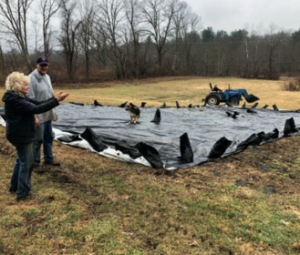 A silage tarp is a large plastic tarp, usually thirty-two by one hundred feet, that has conventionally been used to cover silage crops that dairy farmers produce from corn. Recently, the use of these tarps to suppress vegetative growth has become all the rage with small vegetable growers like ourselves.
A silage tarp is a large plastic tarp, usually thirty-two by one hundred feet, that has conventionally been used to cover silage crops that dairy farmers produce from corn. Recently, the use of these tarps to suppress vegetative growth has become all the rage with small vegetable growers like ourselves.
Each farming technique or tool has its soft underbelly of unsustainability, or high cost, or weed dispersal, or compaction. Silage tarps fall in the unsustainable category. They are made of petroleum products and do eventually end up in a landfill. But we have weighed the positive and negative social, ecological, and nutritional consequences and have decided that tarps do more good than harm.
With tarps, we can plant a cover crop in the fall, allow the crop to grow all winter, and then cover the crop with tarps to slowly kill it in the spring. The period of no photosynthetic activity is relatively short (from four to eight weeks, depending on the time of year), and so using silage tarps has a lesser impact on soil microbes than bare ground or tillage.
Farming for the Future: Operating A Successful Farm
I can’t wait to find the next innovation that will help us raise more and better tasting, health-giving food on our farm. There is an explosion of research and innovation in the farming world, and the wise farmer will do everything in her or his power to access it. Farming in an ecologically supportive way is the future, and it is exciting to be part of that.
Recommended Reads
How to Grow Healthy Plants: Strengthening Your Farm or Garden’s Immune System
Recent Articles
Interested in growing trees? Here are some tips on successfully planting, transplanting, and pruning trees to create a flourishing forest garden! The following is an excerpt from The Home-Scale Forest Garden by Dani Baker. It has been adapted for the web. Planting Potted Trees and Shrubs If you order potted trees, check with your supplier to…
Read MoreWith the right strategies and practices, composting on a small farm is surprisingly easy and inexpensive. Just follow these steps for making compost, and your farm will be thriving in no time! The following excerpt is from The Lean Farm Guide to Growing Vegetables by Ben Hartman. It has been adapted for the web. (All photographs by Ben…
Read MoreGarlic mustard: while known as “invasive,” this plant can be consumed in its entirety and has great nutritional value. Plus, the garlic-flavor is a perfect addition to any recipe that calls for mustard! The following are excerpts from Beyond the War on Invasive Species by Tao Orion and The Wild Wisdom of Weeds by Katrina…
Read MoreEveryone loves a refreshing, fermented, nutritious drink…even your garden! Take your fermentation skills out of the kitchen and into the garden by brewing fermented plant juice. The following is an excerpt from The Regenerative Grower’s Guide to Garden Amendments by Nigel Palmer. It has been adapted for the web. How to Make Fermented Plant Juice Fermented…
Read MoreWant to see your crops thrive this upcoming growing season? The key is in soil fertility and health. Spend time maintaining your soil’s health to guarantee bigger and better crops come harvest time! The following is an excerpt from No-Till Intensive Vegetable Culture by Bryan O’Hara. It has been adapted for the web. What Is Soil Fertility?…
Read More

